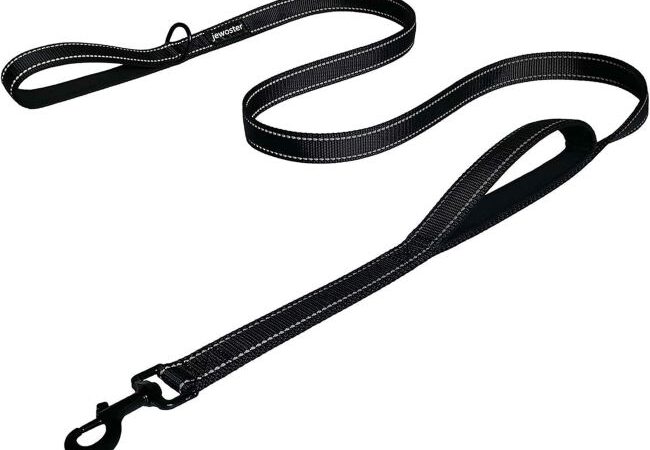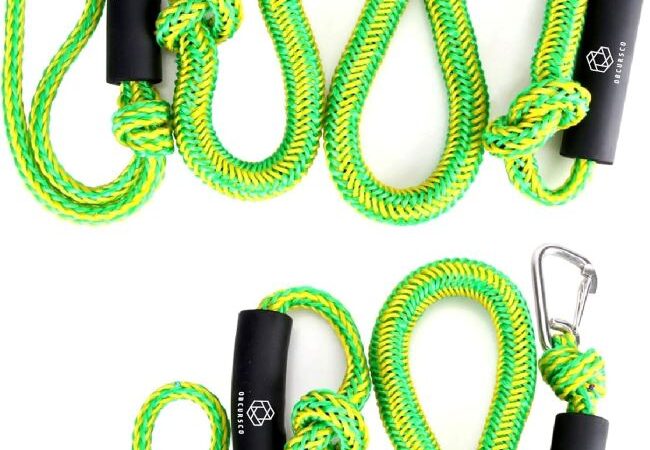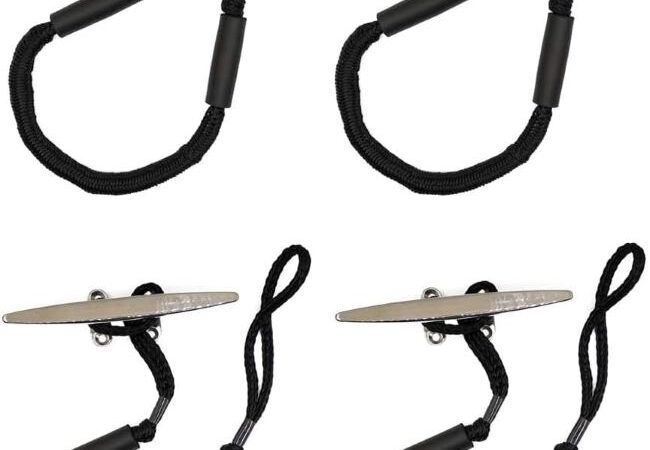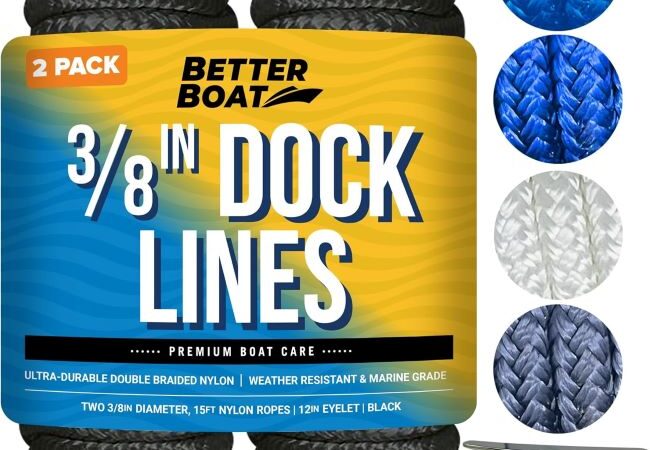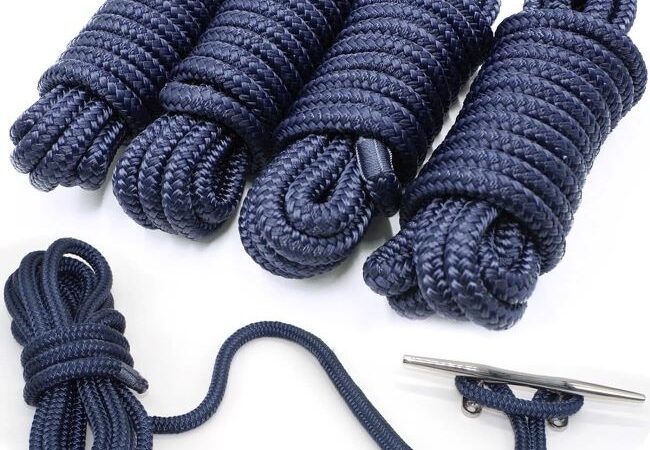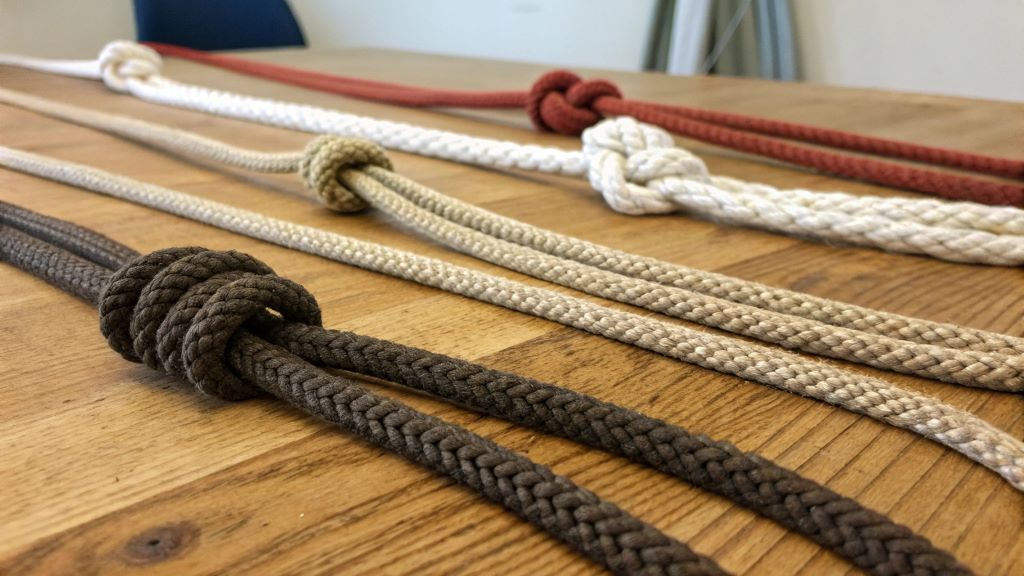
Best Rope for Knot Tying: A Comprehensive Guide
When it comes to knot tying, choosing the right rope can make all the difference. Whether you’re an outdoor enthusiast, a sailor, a climber, or simply someone who enjoys crafting, the type of rope you use significantly impacts the strength, reliability, and ease of your knots. With countless options available, selecting the best rope for knot tying can feel overwhelming. This guide explores the top ropes for knot tying, their unique properties, and how to choose the perfect one for your needs. Optimized for readability and packed with practical insights, this article will help you make an informed decision.
Contents at a Glance
ToggleWhy the Right Rope Matters for Knot Tying
Knot tying is both an art and a science, requiring a rope that complements the task at hand. The wrong rope can slip, fray, or fail to hold a knot, compromising safety and functionality. Factors like material, construction, diameter, and texture play a critical role in how well a rope performs. For example, a rope that’s too stiff may resist tight knots, while one that’s too slick might unravel under tension. By understanding these factors, you can select a rope that ensures secure, durable knots for activities like camping, boating, climbing, or decorative projects.
Key Factors to Consider When Choosing a Rope for Knot Tying
Before diving into the best ropes, let’s break down the essential characteristics to look for:
- Material: Common rope materials include nylon, polyester, polypropylene, and natural fibers like manila or cotton. Each has unique properties affecting strength, stretch, and knot-holding ability.
- Construction: Ropes are typically braided or twisted. Braided ropes are smoother and more flexible, while twisted ropes offer a traditional feel but may be less durable.
- Diameter: Thicker ropes are stronger but harder to tie into intricate knots. Thinner ropes are easier to manipulate but may not hold up under heavy loads.
- Texture and Grip: A rope with good grip ensures knots stay secure, while slick ropes may require extra care to prevent slipping.
- Stretch: Low-stretch ropes are ideal for applications like climbing, where stability is crucial. High-stretch ropes work well for dynamic tasks like towing.
- Durability: Consider the rope’s resistance to abrasion, UV rays, and moisture, especially for outdoor use.
With these factors in mind, let’s explore the best ropes for knot tying across various applications.
Top 5 Ropes for Knot Tying in 2025
-
Nylon Rope: The All-Purpose Champion
Nylon ropes are a top choice for knot tying due to their strength, flexibility, and excellent knot-holding capabilities. Nylon is slightly elastic, which makes it ideal for applications where some give is beneficial, such as anchoring or towing. Its smooth texture allows for easy knot tying, while its durability ensures knots remain secure under tension.
- Best For: General outdoor activities, boating, camping, and crafting.
- Pros: Strong, flexible, abrasion-resistant, holds knots well.
- Cons: Absorbs water, which can weaken it over time.
- Recommended Use: A 3/8-inch nylon braided rope is perfect for most knot-tying tasks, from securing tarps to practicing decorative knots.
-
Polyester Rope: The Low-Stretch Alternative
Polyester ropes are similar to nylon but with less stretch, making them ideal for applications requiring stability, such as climbing or rigging. They’re highly resistant to UV rays and moisture, ensuring long-lasting performance in harsh conditions. Polyester ropes have a slightly rougher texture, which enhances knot security.
- Best For: Climbing, sailing, and outdoor projects requiring minimal stretch.
- Pros: UV-resistant, low stretch, excellent knot retention.
- Cons: Slightly less flexible than nylon.
- Recommended Use: A 1/2-inch polyester double-braided rope is great for sailing knots or heavy-duty applications.
-
Polypropylene Rope: Lightweight and Affordable
Polypropylene ropes are lightweight, float on water, and are budget-friendly, making them popular for water-based activities like boating or fishing. However, their slick surface can make knots prone to slipping, so they require careful knot selection (e.g., double knots or stopper knots).
- Best For: Water sports, temporary setups, and lightweight tasks.
- Pros: Floats, affordable, resistant to rot and mildew.
- Cons: Slippery, less durable under heavy loads.
- Recommended Use: A 1/4-inch polypropylene twisted rope works well for basic knots in marine environments.
-
Manila Rope: The Natural Choice
Manila ropes, made from natural hemp fibers, offer a traditional aesthetic and excellent grip for knot tying. They’re strong and hold knots exceptionally well, making them a favorite for decorative projects, landscaping, or historical reenactments. However, manila ropes are susceptible to moisture and UV damage, so they’re best for indoor or short-term outdoor use.
- Best For: Decorative knot work, gardening, and rustic projects.
- Pros: Excellent grip, biodegradable, aesthetically pleasing.
- Cons: Not suitable for wet environments, less durable than synthetics.
- Recommended Use: A 5/8-inch manila rope is ideal for crafting intricate knots or creating rope ladders.
-
Paracord (550 Cord): The Versatile Micro-Rope
Paracord, a type of nylon rope, is thin, lightweight, and incredibly versatile. Originally used for parachutes, it’s now a go-to for survivalists, campers, and crafters. Its small diameter makes it perfect for intricate knots, while its strength (rated to 550 pounds) ensures reliability.
- Best For: Survival kits, crafting, and lightweight outdoor tasks.
- Pros: Lightweight, strong, versatile, easy to tie.
- Cons: Not suitable for heavy-duty applications.
- Recommended Use: A 1/8-inch paracord is excellent for practicing knots or creating bracelets and lanyards.
How to Choose the Best Rope for Your Knot-Tying Needs
Selecting the right rope depends on your specific application. Here are some tips to guide your decision:
- For Outdoor Adventures: Nylon or polyester ropes are ideal due to their durability and knot-holding strength. Choose a diameter between 1/4 and 1/2 inch for versatility.
- For Marine Use: Polypropylene or polyester ropes are best, as they resist water damage. Opt for braided constructions for smoother handling.
- For Climbing: Prioritize low-stretch polyester or specialized climbing ropes certified for safety. Always check for UIAA or CE certifications.
- For Decorative Projects: Manila or cotton ropes offer a natural look and excellent grip for intricate knot designs.
- For Survival or EDC (Everyday Carry): Paracord is unmatched for its portability and versatility in small-scale knot tying.
Tips for Effective Knot Tying
Once you’ve chosen the best rope, mastering knot tying is the next step. Here are some practical tips to ensure success:
- Practice Common Knots: Start with essential knots like the bowline, clove hitch, and square knot. Each serves different purposes, from securing loads to creating loops.
- Match Knots to Rope: Some knots, like the figure-eight, work better with certain ropes (e.g., nylon or polyester) due to their grip and flexibility.
- Inspect Your Rope: Check for frays, cuts, or weak spots before tying knots, especially for critical applications like climbing.
- Use Stopper Knots: For slick ropes like polypropylene, add a stopper knot to prevent slippage.
- Keep It Clean: Dirt and grit can weaken ropes over time. Store them in a dry, clean environment to maintain their integrity.
Twisting Tradition into Tomorrow: The Essential Guide to Coconut Coir Rope Making Machines
Common Mistakes to Avoid
- Using the Wrong Rope: A rope that’s too thin or slick can compromise knot security, especially under load.
- Ignoring Load Ratings: Always check the rope’s working load limit to ensure it can handle the intended task.
- Poor Knot Technique: Practice tying knots correctly to avoid weak or unstable results.
- Neglecting Maintenance: Regularly inspect and clean your ropes to prevent wear and tear.
Where to Buy the Best Ropes for Knot Tying
You can find high-quality ropes at outdoor retailers, marine supply stores, or online marketplaces. Some trusted brands include Samson, New England Ropes, and Sterling for synthetic ropes, and Pelican Rope for natural options. Always purchase from reputable sellers to ensure quality and authenticity.
Conclusion
Choosing the best rope for knot tying depends on your specific needs, whether it’s for outdoor adventures, marine activities, climbing, or decorative projects. Nylon and polyester ropes offer durability and versatility, while polypropylene is great for water-based tasks. Manila ropes bring a classic aesthetic, and paracord excels in lightweight, intricate knot work. By considering factors like material, construction, and application, you can select a rope that ensures secure, reliable knots every time. Practice your knot-tying skills, choose the right rope, and embark on your next project with confidence!
Read More:
More Than Just Strands: The Deep Symbolism of Braided Rope
Best Rope for Hammock Suspension System: Your Guide to Safe, Comfortable Hanging


